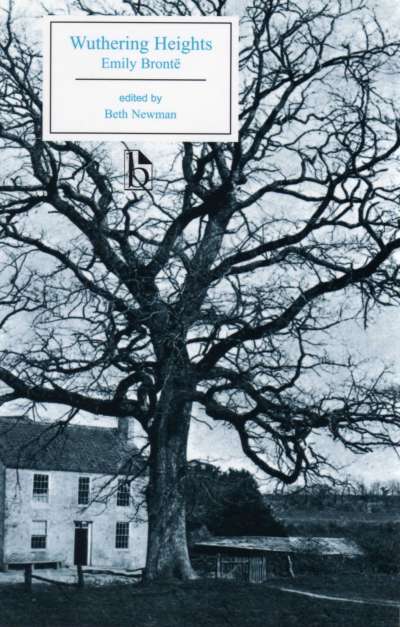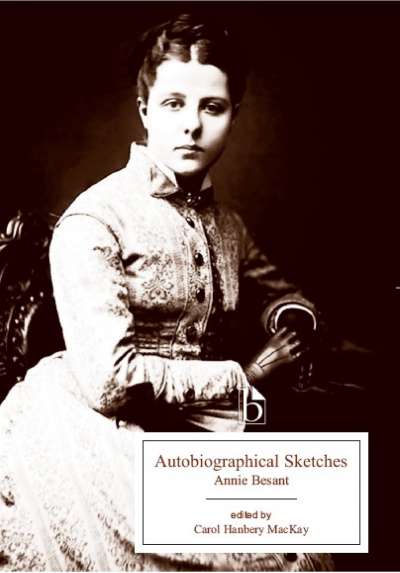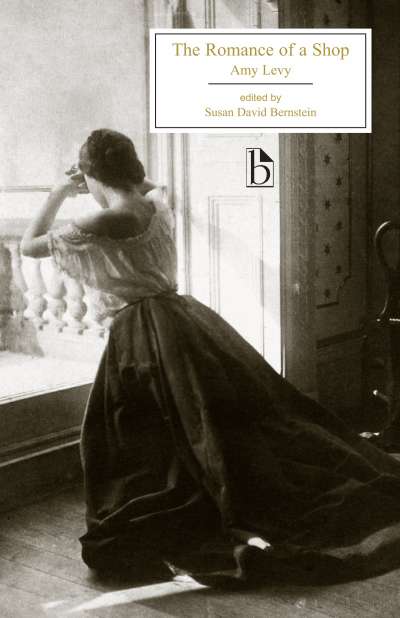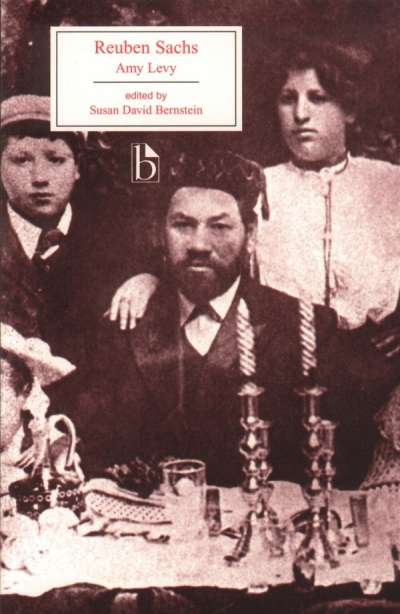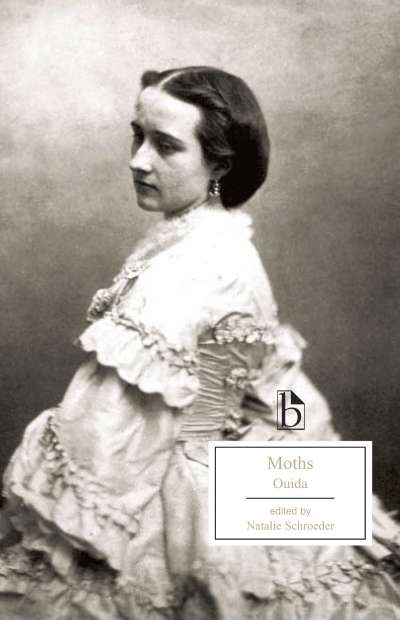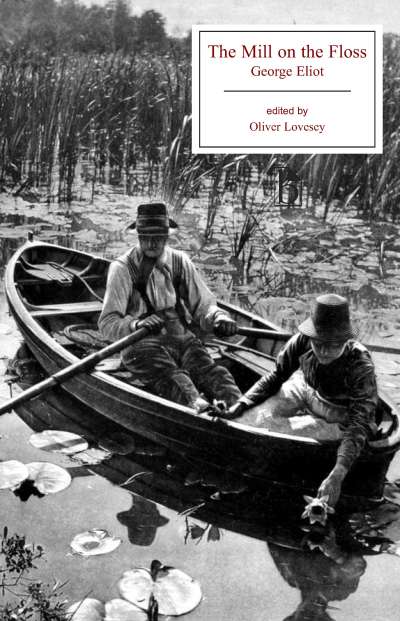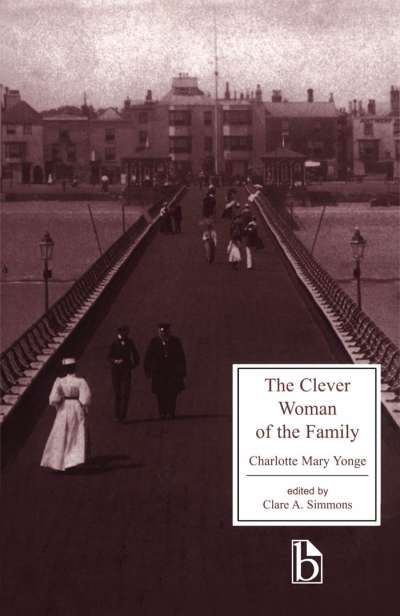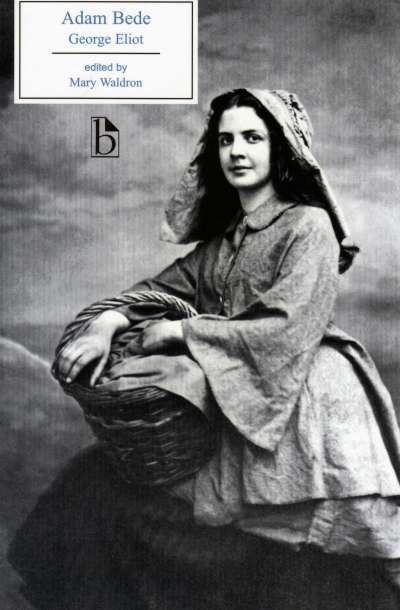Charlotte Brontë’s contemporary George Eliot wrote of Villette, “There is something almost preternatural in its power.” The deceptive stillness and security of a girls’ school provide the setting for this 1853 novel, Brontë’s last. Modelled on Brontë’s own experiences as a student and teacher in Brussels, Villette is the sombre but engrossing story of Lucy Snowe, an unmarried Englishwoman making her way in a culture deeply foreign to her. The heroine’s relationships with the fiery professor M. Paul, the cool Englishman Dr. John, and the school’s powerful headmistress, Madame Beck, are described in her compelling and enigmatic first-person narration.
This Broadview edition includes a critical introduction by Kate Lawson and Lynn Shakinovsky. The many contextual documents include contemporary writings on surveillance and espionage, anti-Catholicism, and working women, as well as letters describing Brontë’s own time in Brussels.
Comments
“This edition of Villette gives readers the understanding necessary to fully enter what Kate Lawson and Lynn Shakinovsky call its ‘demanding, sometimes punishing narrative mode.’ Their introduction justifies and celebrates the gaps and evasions in the text as the ‘heretic narrative’ of a protagonist who does not always understand herself. The useful appendices—notably on women and love, women and work, and anti-Catholicism—provide the historical material to contextualise the story. The edition admirably demonstrates that this paradoxical narrative—a domestic novel about work, a love story about repression, and a realist text that embraces the supernatural—repays and rewards close examination.” — Maggie Berg, Queen’s University
“Kate Lawson’s edition of Villette is expansive and precise, like the novel it contextualizes and introduces so well. Providing a rich analysis of the complex themes of the novel, the introduction at once acknowledges and limns the text’s resistance to codification and carefully suggests the beautiful patterns in its seeming inconsistencies. The primary materials provide further context for the novel, particularly in regards to the ‘Woman Question.’ Arranged to be in dialogue with each other about this pivotal topic, these materials provide the background necessary for understanding the novel’s involvement with those discussions.” — Gail Turley Houston, University of New Mexico
Acknowledgements
Introduction
Charlotte Brontë: A Brief Chronology
A Note on the Text
Villette
Appendix A: Brontë and Brussels
- Letter from Charlotte Brontë to Emily Brontë, 2 September 1843
- Letter from Charlotte Brontë to Constantin Heger, 8 January 1845 (translation)
- Letter from Charlotte Brontë to Constantin Heger, 18 November 1845 (translation)
Appendix B: Storms in the Bible
- Mark 4: 35-41
- Acts 27: 1, 9-16, 18-31, 39-44
Appendix C: Women and Love
- From Sarah Stickney Ellis, The Daughters of England (1842)
- From Dinah Maria Mulock Craik, Olive (1850)
- From Harriet Martineau, Review of Villette. Daily News (3 February 1853)
- From William Makepeace Thackeray, letter to Lucy Baxter (11 March 1853)
Appendix D: Women and Work
- From Sarah Stickney Ellis, The Women of England (1839)
- From Margaret Fuller, Woman in the Nineteenth Century (1845)
- Letter from Charlotte Brontë to Ellen Nussey, 24 June 1851
- From Harriet Taylor Mill, “The Enfranchisement of Women.” Westminster Review, July 1851
- Letter from Charlotte Brontë to Elizabeth Gaskell, 20 September 1851
- From Dinah Maria Mulock Craik, A Woman’s Thoughts About Women (1858)
Appendix E: Surveillance and Espionage
- The Post Office Espionage Case, 1844-45
- “Opening Letters at the Post Office.” Hansard: House of Lords, 17 June 1844
- “Alleged Post-Office Espionage,” The Times, 25 June 1844
- The Times, 7 August 1844
- The Times, 5 June 1845
- From “Reflections Suggested by the Career of the Late Premier.” Blackwood’s Edinburgh Magazine,
January 1847
- From Charlotte Brontë, The Professor (1857)
- From Mary Elizabeth Braddon, Aurora Floyd (1863)
Appendix F: Anti-Catholicism in England
- From Patrick Brontë, “The Maid of Killarney; or Albion and Flora: A Modern Tale; In Which Are Interwoven some
Cursory Remarks on Religion and Politics” (1818)
- From Maria Monk, Awful Disclosures of Maria Monk, as Exhibited in a Narrative of her Sufferings during a residence of five years as a novice, two as a black nun in the Hotel Dieu
Nunnery at Montreal (1836)
- From Thomas De Quincey, “Maynooth.” Blackwood’s Edinburgh Magazine, May 1845
- From Charles Neaves, “Priests, Women and Families.” Blackwood’s Edinburgh Magazine, May 1845
- “Papal Aggression”
- From Nicholas Wiseman, Archbishop of Westminster. A Pastoral Letter, “From Outside the Flaminian Gate,” 7
October 1850
- The Times, 14 October 1850
Select Bibliography
Kate Lawson is an Associate Professor of English at the University of Waterloo. She is the co-author with Lynn Shakinovsky of The Marked Body: Domestic Violence in Mid-Nineteenth-Century Literature (State University of New York Press, 2002).



